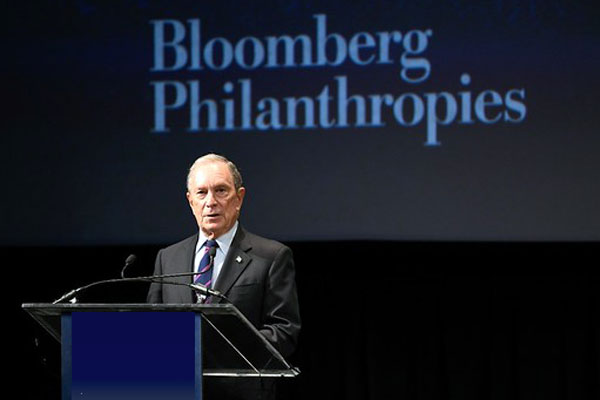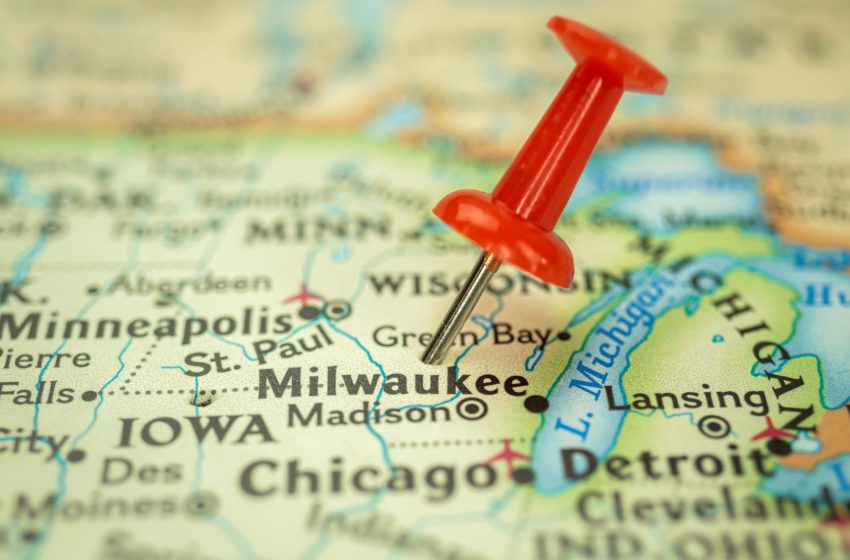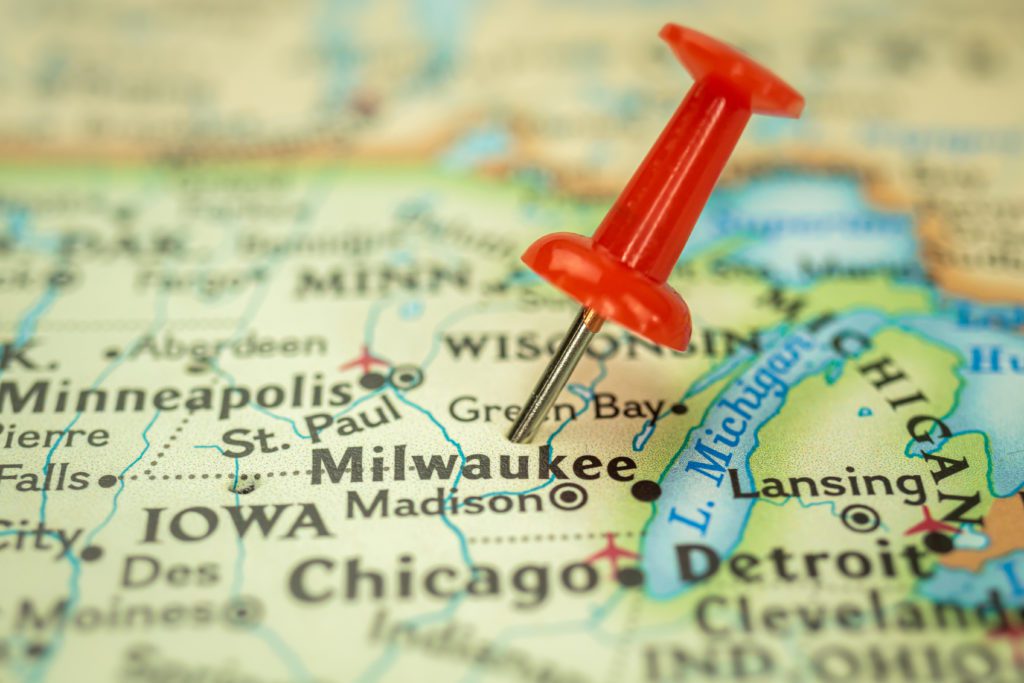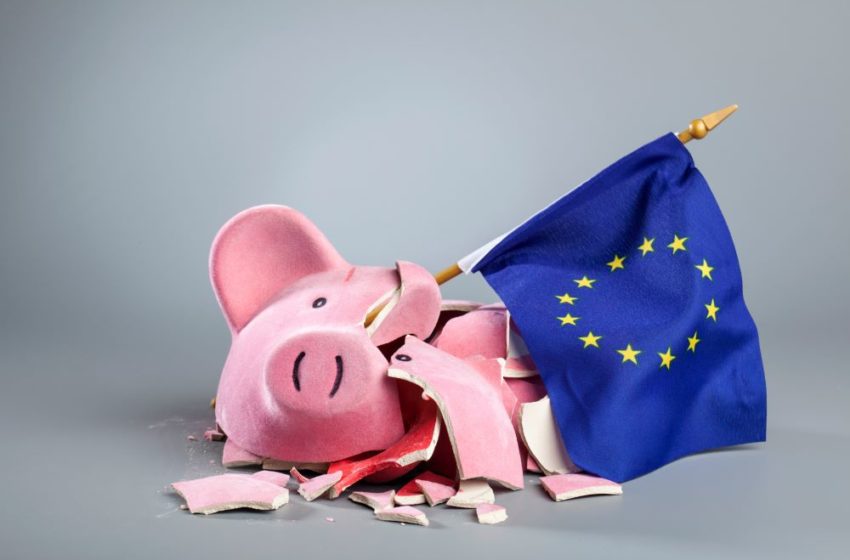Connecticut Attorney General William Tong submitted testimony concerning House Bill 6488 stating that he fully supports the state’s proposed ban on flavored vaping and other tobacco products.
He also expressed concern that the “An Act Concerning Cigarettes, Tobacco Products, Electronic Nicotine Delivery Systems and Vapor Products” bill as currently written exempts the most widely used flavor—menthol—which must be included in the ban to deter youth addiction.
“Ending the sale of flavored tobacco products, including menthol, will have an enormous impact in reducing the number of people who die or suffer debilitating preventable illness from tobacco use, significantly reducing the number of young people who become addicted to tobacco products, and reversing the youth e-cigarette epidemic,” Tong states. “A comprehensive flavor ban that includes menthol will save thousands of Connecticut lives, protect public health, and advance health equity. It should be implemented immediately.”

Tong stated that his office has a long history of battling tobacco companies “from negotiating the Master Settlement Agreement in the 1990s to the recently announced settlement with Juul, we have focused our efforts on combatting the insidious ways that Big Tobacco has marketed to children.”
The bill is the most recent effort by members of the legislature’s Public Health Committee to take flavored nicotine products off the market in an effort to reduce smoking and vaping among young people. Similar legislation has failed to make it across the finish line during recent legislative sessions.
In May of last year, for the third year in a row, an effort to ban flavored vaping products in Connecticut couldn’t muster enough support.
Connecticut lawmakers heard testimony on legislation that would ban the sale of flavored tobacco and vape products as well as prohibit the use of vapes while in a vehicle with a child.
Connecticut is one of few states in the region that has not adopted a prohibition on flavored e-cigarettes. New York, New Jersey and Rhode Island have barred the sale of flavored vaping products. Massachusetts banned all flavored tobacco items, including flavored cigars, cigarettes and vaping goods.























